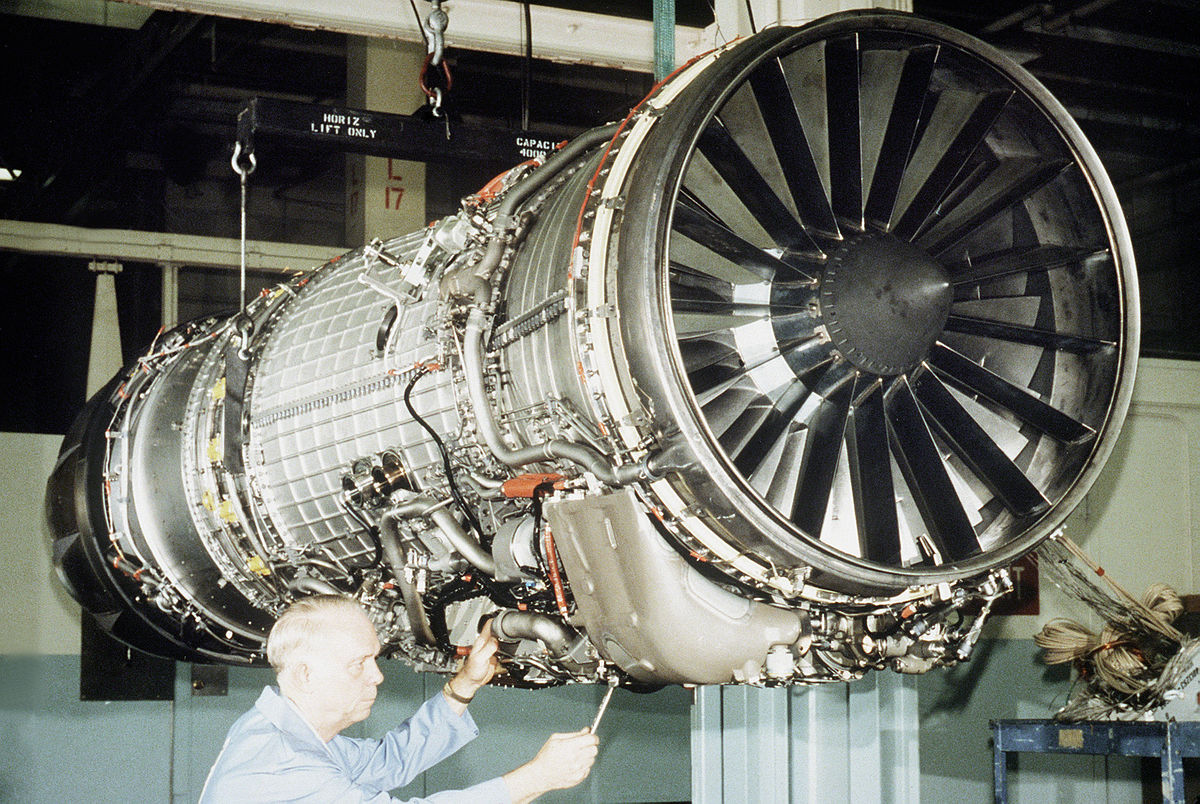A page from my logbook. November 4, 1993. Buno 159452, a block 80 airplane, built in the early 1970s. RIO was Dave Shugru.. the 2K2 mission code was a maintenance check flight. Because a new engine had been installed, our job was to validate that it worked correctly throughout the flight envelope. This included a Mach run up to minimum of 1.5.
But on that day (cold weather helped) we pushed it well beyond the minimum.

But on that day (cold weather helped) we pushed it well beyond the minimum.

:quality(70)/cloudfront-us-east-1.images.arcpublishing.com/archetype/LTBXN6LGRBGYBLT5ZOROFRTI34.jpg)
